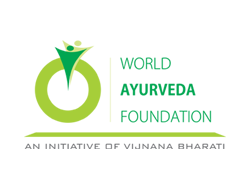

6th May 2019
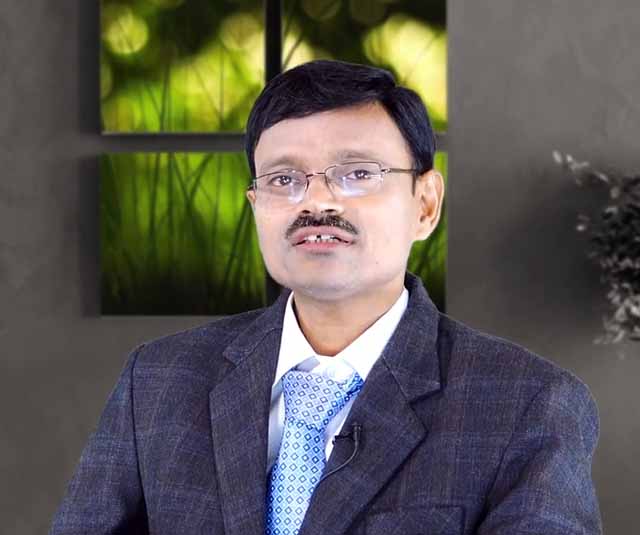
18th May 2019

26th Jun 2019

24th Apr 2019
26th Feb 2019
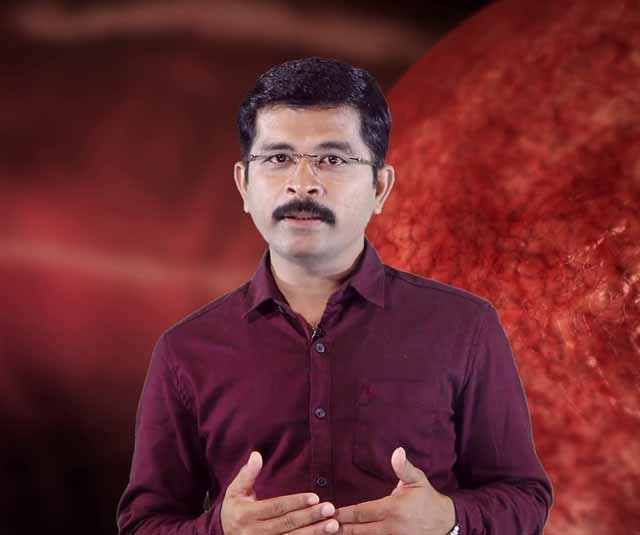
26th Feb 2019

26th Feb 2019
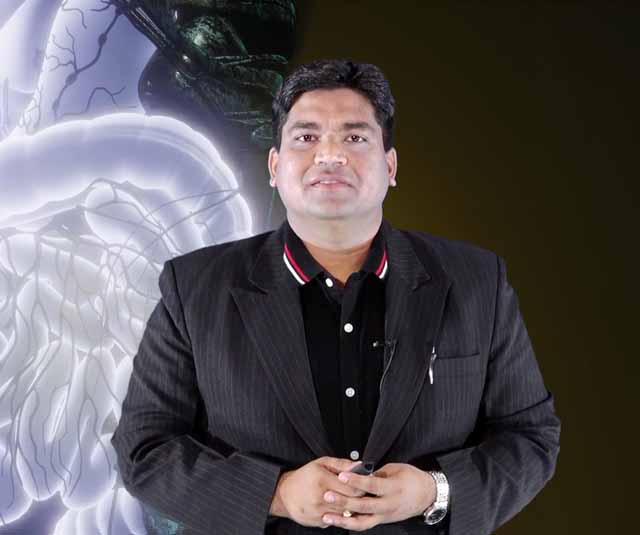
26th Feb 2019
Need of Shift in Re-Validating Research And Methodology in Ayurveda
By Jayant Deopujari
This is Video Description section
Ayurvedic Classics – Unexplored Wisdom of Ancient India.
By MS Baghel
This is Video Description section
Beeja ,beejabhaga, beejabhagaavayava and garbha linga vinishchaya
By Anup Bhosgikar
This is Video Description section
Introduction to Manuscripts and Manuscriptology
By Vaidya Asit Panja
This is Video Description section
Beeja, beejabhaga, beejabhagaavayava and garbha linga vinishchaya - Part B
By Anup Bhosgikar
This is Video Description section
Yukti And Upamana Pramana, The Examination Tools Of Logic And Analogy
By Dr Vaibhav Dadu
This is Video Description section
Ayushguru – An Innovative Step Forward in Ayurvedic Education
By Padmashri Vaidya Rajesh Kotecha
This is Video Description section
World Yoga Day, World Ayurveda Foundation, Traditional Knowledge Digital Library (TKDL)
By A S Baghel
This is Video Description section
Education in Ayurveda - Changing Attitudes
By Padmashri. Dr. PR Krishnakumar
This is Video Description section
INTRODUCTION TO AAYU, AAYURVAEDA AND PADARTHA VIJNANAM
By Dr. Aparna Deshpande
This is Video Description section
Garbhavyakaran Shareeram - A study on literary aspects
By Dr Divya Jyothi
This is Video Description section
INTRODUCTION & ACTIVITIES OF DIFFERENT ORGANIZATIONS - Part A
By Meera Bhojani
This is Video Description section
INTRODUCTION & ACTIVITIES OF DIFFERENT ORGANIZATIONS -Part B
By Meera Bhojani
This is Video Description section
Scientific Writing and Publication In Ayurveda
By Rabinarayan Acharya
This is Video Description section

Sattva or Mana as a factor in embryogenesis: Sattva is definitely selfproduced or has relation with the body of previous life. The Sattva being constantly associated with Jiva e...
The causative factor of the fetus include Mother, father, ahara Rasa (through the rasa derived from maternal diet for supplying nourishment to the embryo), and Atma (encircling ...

Details of some well known texts of Ayurveda like Siddha Yoga Samgraha, Bhaishajya Ratnaavali, Yoga Ratnakara, Basavarajiyam, Gada Nigraha, Chikitsa Kalika, Chakradatta, S...

Panchatantra is a nitisastra, a treatise on political science and human conduct, or niti. It was written around 200 BCE by Pandit Vishnu Sarma, a sage. However, based as it is o...

Lobhavishta chakradhara katha says that, the man who has excess greed will suffer like last Brahmin in the ‘Chakradhara Katha’ moorkha brahmana katha says that, learned one ...

There are four types of words in Sanskrit, such as Naama, Aakhyaata, Upasarga,and Nipaata. When Vibhakti (cases) pratyaya (suffix) joins to the word (Naam), it is termed sup-pad...

\"Tantra means any treatise or texts of ayurveda for us.Generally, in the field of ayurveda, 18 entities described by charaka under the heading of “shastra-pariksha”, are co...
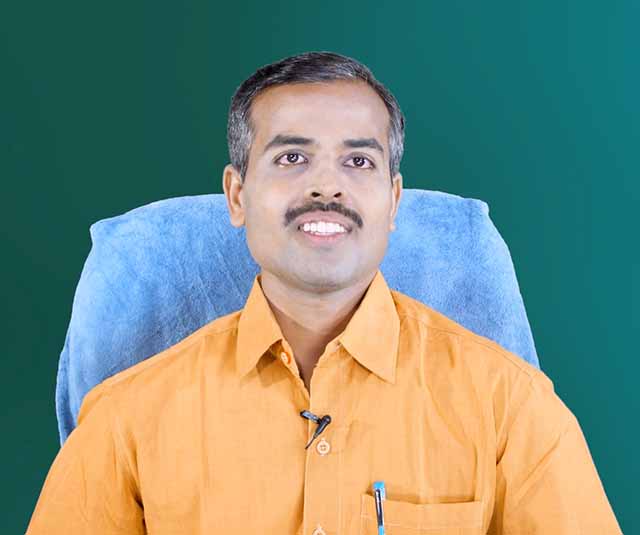
\"Tacchilyadi are the relations of words with their meanings or the methods to derive the exact meaning of the word. It denotes intension of tantrakara behind usage of words.17 ...

Vaidyakiya subhashita sahitya lends easy reference for all students of Ayurveda. The author, Bhaskar Govinda Ghanekar, selected such quatations in his book, which emphasises on...
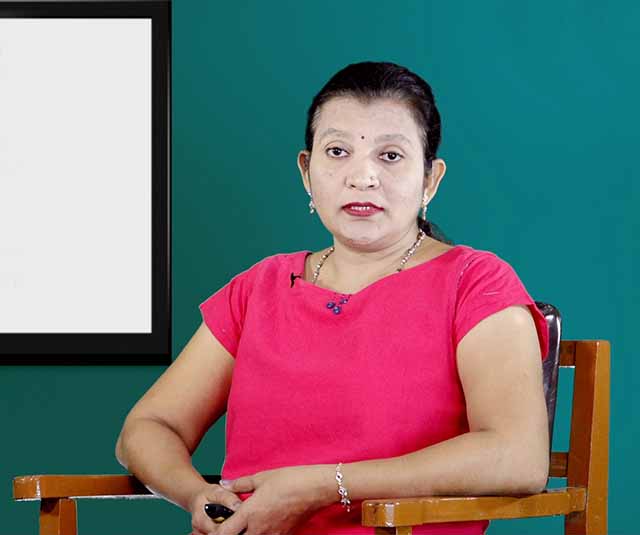
Vaidyakiya subhashita sahitya is a book of compilation including quatable slokas related to health and treatment, right from vaidika sahitya to recent books, with reference and ...


The history and development of ayurveda since the origin, in chronological order is known as ayurveda itihasa.In addition to the details of authors and their publications the ...


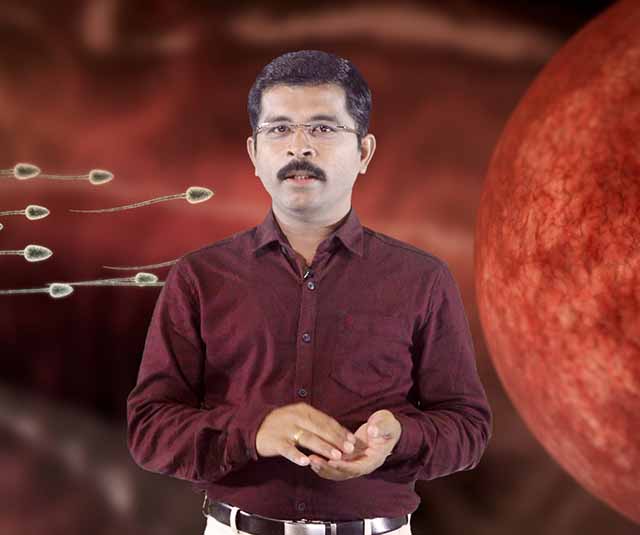
When the orifices of minute artavaha srotas are occluded by growing fetal mass, menstruation stops, because of same cause. Unexpelled artava ascends up due to occlusion of downw...
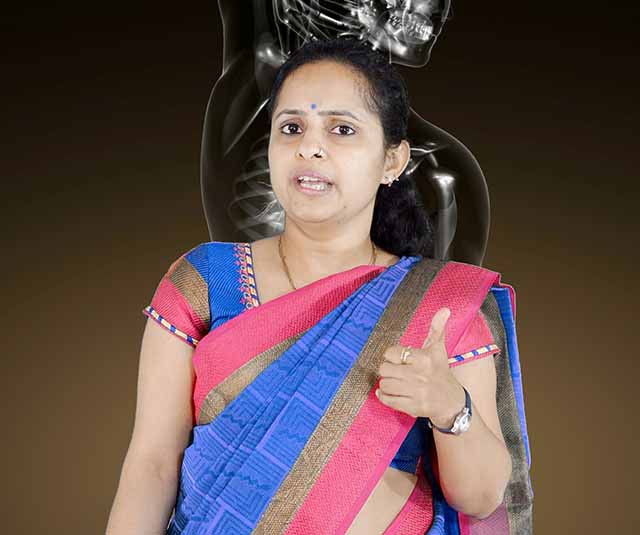
Vitiation of mamsa dhatu causes many diseases. It can be affecting Peshi also. It may be local or affecting the whole body depending up on the cause.Abnormalities related to gar...

Glimpses of the concepts expounded in Ayurvedic Samhitas have been given. Whether their roots are found in earlier works and whether they have been revised and improved in subse...

There are two types of srotas. Antarmukha srotas and Bahirmukha srotas. Later includes all external orifices such as nasa, karna. Total number is nine. Antarmukha srotas are int...
 Part B.jpg)
kaala is the measure of change or transformation. Everything that changes is a dravya, so kaala is also a dravyas. The word Kaala is derived from the root verb ‘Kal’, it m...

The process of creation is initiated by six factors, such as Svabhava, Eeshwara, Kaaala, Yadrucchaa, Niyati and Parinama. In the state of Avyakta, which is the equilibrium of Sa...
.jpg)
Development of every minute body parts in fetal life is discussed here. Acharya susruta, explained shukra of male and shonita of female when get united in the garbhashaya they a...
Dik or disha indicates relative location of different things. Generally the direction is stated based on geographical planes of earth. Basic verb root dish, means to point out, ...

This chapter deals with nama roopas in pullinga, stree linga and napumsaka linga. they are further grouped in to ajanta and halanta, based on the ending letter whether it is swa...

The word Aatma indicates, that factor which gives life, omnipresent real existance. Most of the concepts of ayurveda are developed based on the knowledge of aatma. This includes...
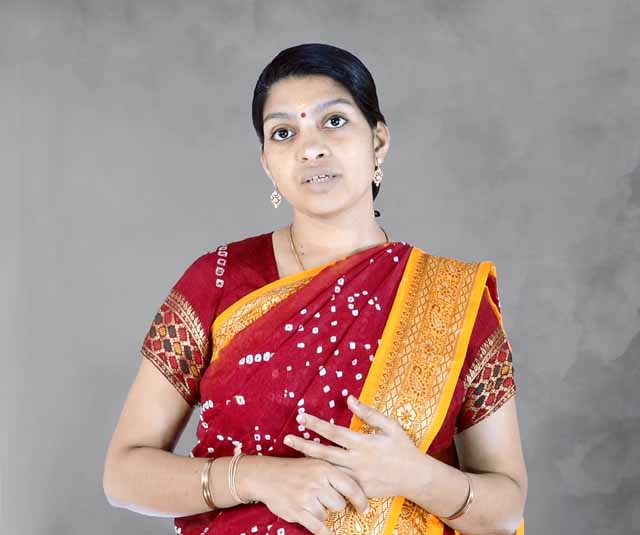
Earlier, transmission of knowledge was through gurukulas, in India. Later documentation started, and disciples started depending on such classics for study. For clarificat...
.jpg)
Kriyapada (verb) denotes any action (work). The root of Kriyapada is known as Dhatu. The suffix joining to Dhatu is called as Akhyata. There are two types of Dhatu-Siddha and Sa...

The fundamentals of Research in the form of pariksha (examination) and parikshya bhaava (points of examination) .The Pramaana are the tools of valid knowledge and the...
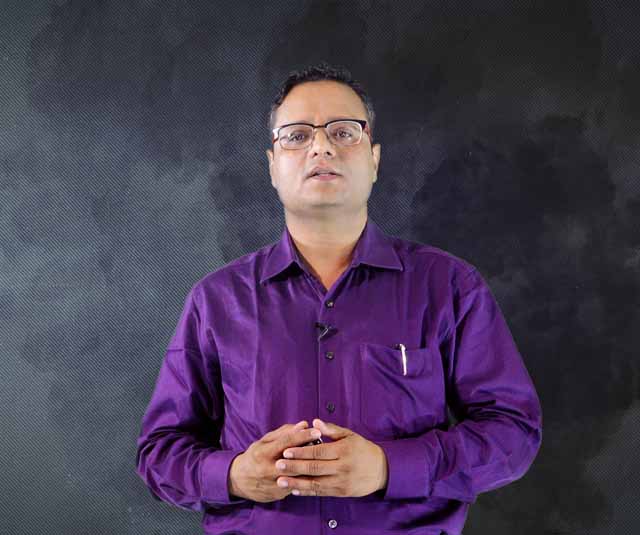
•charaka samhita contains 8 Sthana (Sections) with 120 Adhyaya (Chapters) • Sutra – I.General description of all the principles of Ayurveda II. Total of ...

There can be multiple causes for any effect. To know thoroughly about them we should understand their importance in the production of karya. Based on the role in producing kar...

Beeja means both the gametes such as pumbeeja is the shukra and streebeeja is the shonita. The beejabhaga is the component lying inside the beeja that produc...
Sushruta mentioned Kala in Sharirastana, in “Garbhavyakaranam sahreeraadhyaya” as Kalas are internal linings between Dhatu and Ashaya and these are seven. These are develope...

\A country’s pride resides in its culture and heritage. It is evident from the richness of archeology, monuments, arts & crafts including manuscripts.It is estimated that ...
In Ayurveda month wise development of fetus has been discussed under heading of “Maasanumasikagarbhavriddhi” with the intention of explaining, minute and gross structural an...


The term Garbha indicates begining of life in mother\'s womb, as a result of garbhadhana karma or fertilization of sukra and artava. There are many factors involved in this proc...
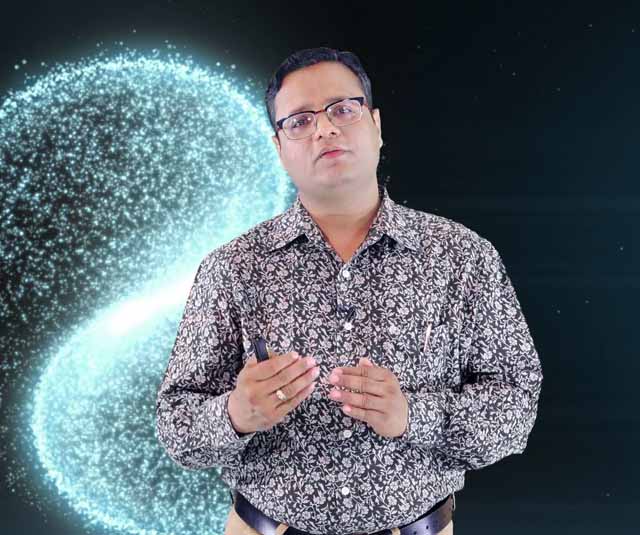



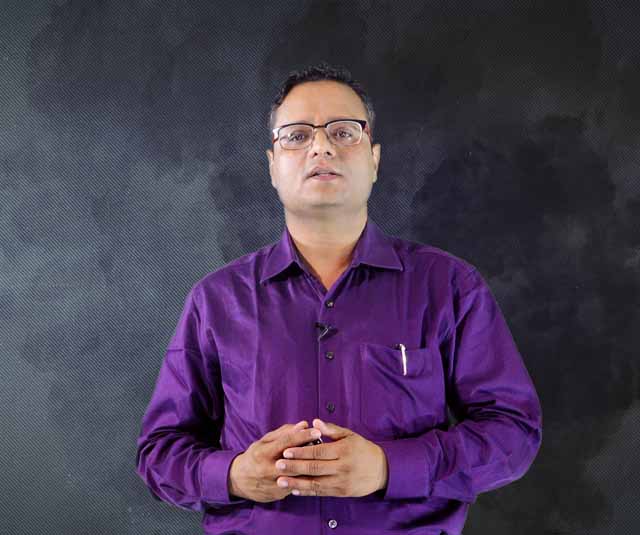
When there are multiple contradicting observations, only a scholarly person can evaluate them and reach a proper finding. Such a method of obtaining knowledge is termed yukti. I...

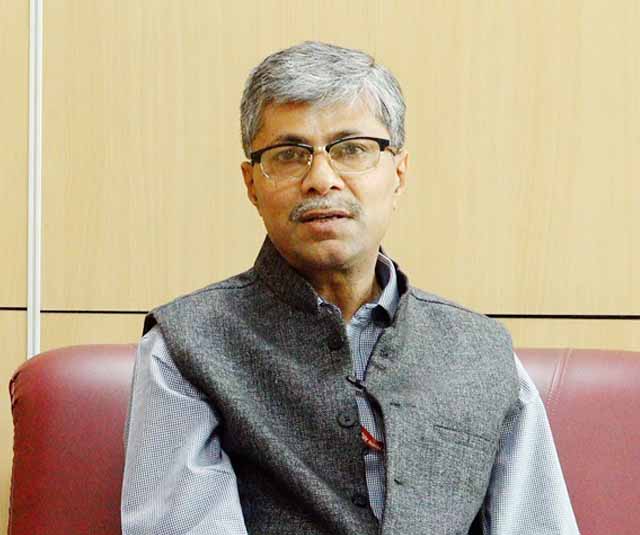


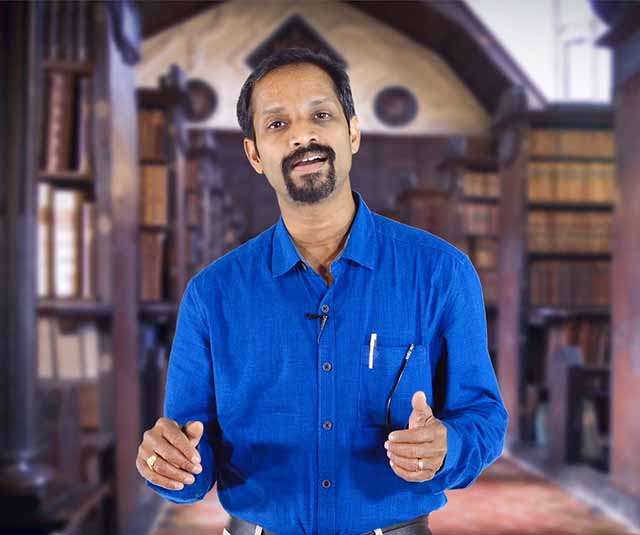

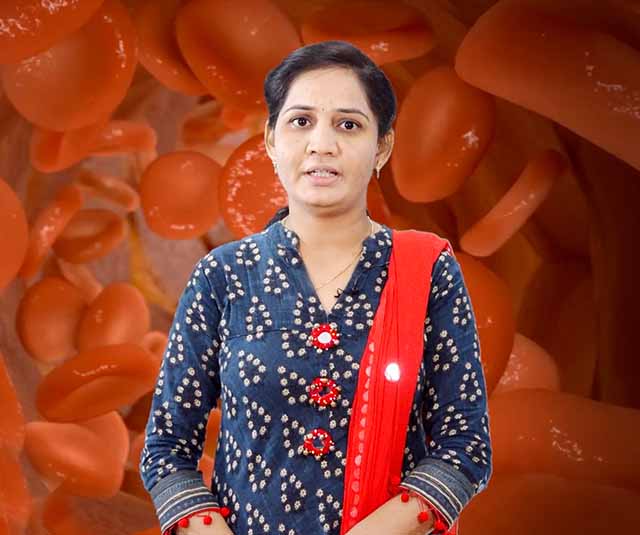
Rakta is the second dhatu which gives colour. It is formed from essence of rasa dhatu, by the action of raktagni, at yakrut and pleeha.It is predominantly of agni and jala mahab...
.jpg)
\"Yoga is physical, mental and spiritual practice that originated in India. The word ‘yoga’ derives from Sanskrit language and it means – to join or to unite, symbolizing ...


In ayurvedic classics, tantra yukti is explained as an annexure, we get the enumeration in main text, but details can be availed only from commentaries.In charaka samhita- 36 ar...

\"That which helps in protecting our body is our sastra, proper understanding and cognitive techniques to connect them properly for practical utility is tantra yukti. This inclu...
Shat padarthas deals with six facets of material existance, by which they are percieved and utilised. This includes Dravya, guna, karma, samanya visesha and samavaya.

Dravya Shabda is derived from dru Dhaatu and „Yat‟ Pratyaya is added to it. There are three meanings for Gati (1) Gnaana (2) Gamana (3) Praapti. Through which the Parinaama ...

‘Kriya’- Any action or treatment done to make dosha samyatha.•‘Kala’- Time period of each stage ( avastha) during the progression of a disease. Acharya vagbhata ...

Avyayas are such words in sanskrit, which never changes its form even when associated with words of different ling, kaala, vachana, vibhakti roopa etc . they are used to c...

Vaidyakeeya subhashita sahityam details about importance of snana through this section. Impact of snana on the body and mind, do\'s and don\'ts, Indications and contra indicatio...

Manuscripts are hand written document with Scientific, historical, literary or aesthetic value, which is atleast 75 years old. Study of manuscripts comes under exploratory resea...
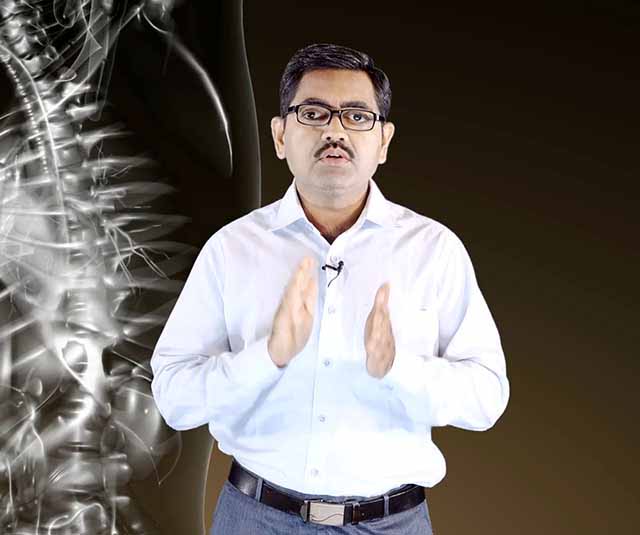
The word Sandhi means, where any similar type of two structure meet with each other, like Asthisandhi, Siraasandhi, Pesheesandhi, Snaayusandhi etc. In relation to this chapter S...

\"The most hard substance of the body which remains even after burning is called asthi. According to Ayurveda the osseous tissue are Parthiva (or predominated by Prithvi Mahabhu...

Conjunction of two letters coming after one other in certain conditions is called Sandhi. It is used in samhita pada (where two words join), upasarga (root and preposition) and ...

In Hal sandhi, atleast one vyanjana letter is involved in sandhi. it can be the last letter of purva pada(first word) or first letter of uttarapada( second word). In visarga san...

The word meda means the sense of oleation. It is forth dhatu of the body, derived from pruthvi and jala mahabhoota. Medovaha Srotas are the channels through which the Poshaka or...
Pramanas are toolsof gaining knowledge. the best and most reliable pramana is pratyaksha or direct perception, but it has many limitations. so Ayurveda accepts three more praman...

Words from a aapta purusha is termed as aptopadesha. aapta is such a person, who is always dedicated to the wellness of whole world, without any selfish motive. he should also&n...
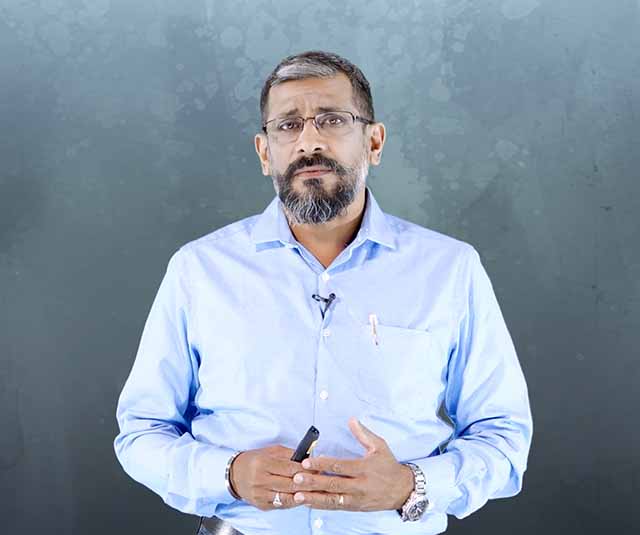
Pancha maha bhootas are five basic elements of material existance. We percieve the world through five senses, in five ways and find five elements, combinations of which fo...
The story of creation remains in dark. Still the Ayurvedic acharyas have tried to explain the process of creation. In the world, We can percieve pancamahabhoota, and 11 in...

Kapha consists Jala i.e. water as a major part. Similarly Kapha has the main function of binding together the smallest unit of body i.e. shleshana. Dalhana describes this proper...
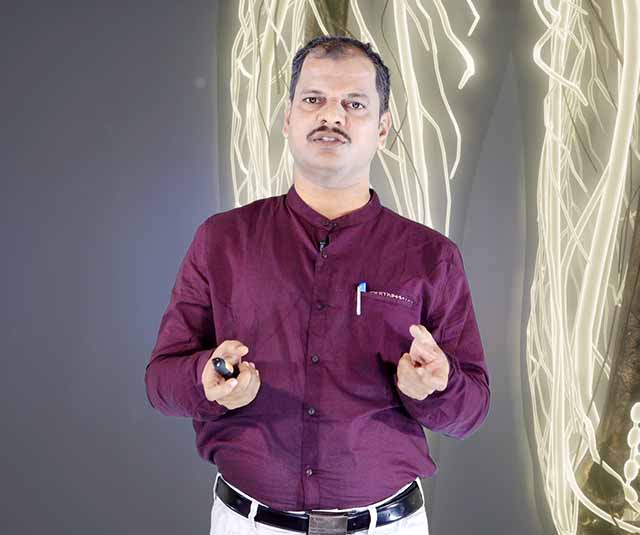
\"Sira is that structure where the substance moves or carries from one place to another place, it is a tubular hallow structure.There are total 700 siras in the body including s...
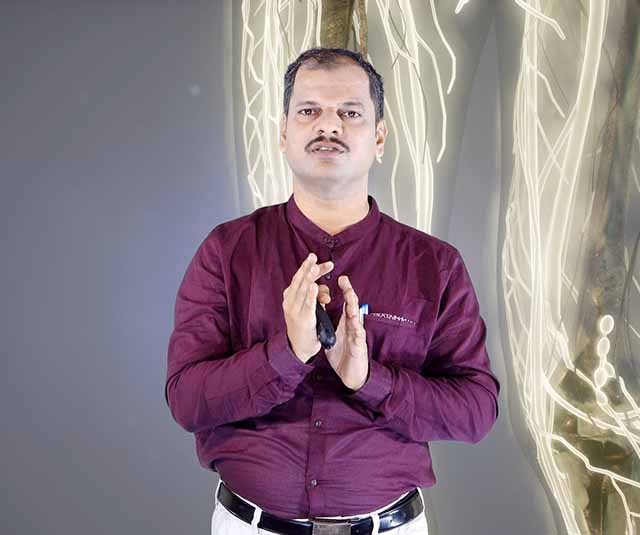
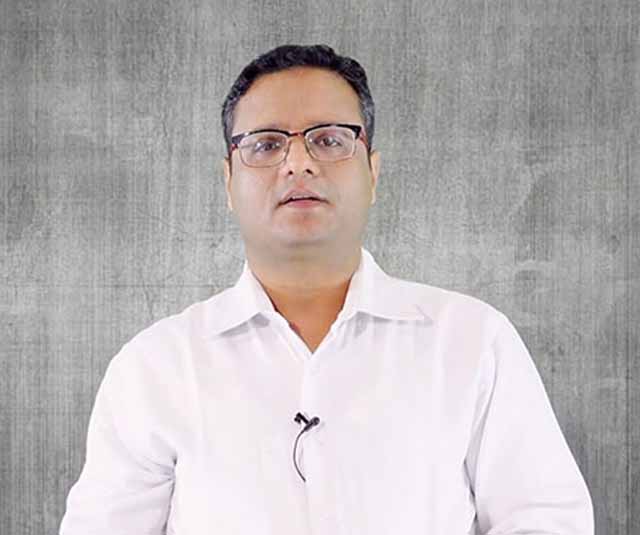
Darshanas are different view points about the journey of life. depending on the acceptance of punarjanma siddhanta and veda, they are divided in to astika and nastika. Nastika d...


\"Dhamani is that structure in which flow takes place with pulsation. Nabhi is considered as mulasthana of dhamani and sira. Total 24 dhamanis are mentioned by Sushruta. Where a...
\"Ayur Veda means Veda of Ayuṣhya or science of life. Charaka says that, says that ayu is conjunction of body, sense organs, sattva, [psych] atman [soul] that is t...

This chapter deals with application of sanskrit knowledge in Ayurvedic classics, and extracting true informations out of it. this chapter in shareera sthana is selected just to ...
Karya karana siddhanta is a Universal law/principle/theory, which connects everything in the universe with cause and effect relationship. Every effect has its own specific cause...

Paribhasha shaareera deals with defenition and explanation of some technical terms in shaareera such as Kurcha,Kandara , Jaala, Asthisanghat, Seemanta, Seevani, Rajju, Snaayu, a...
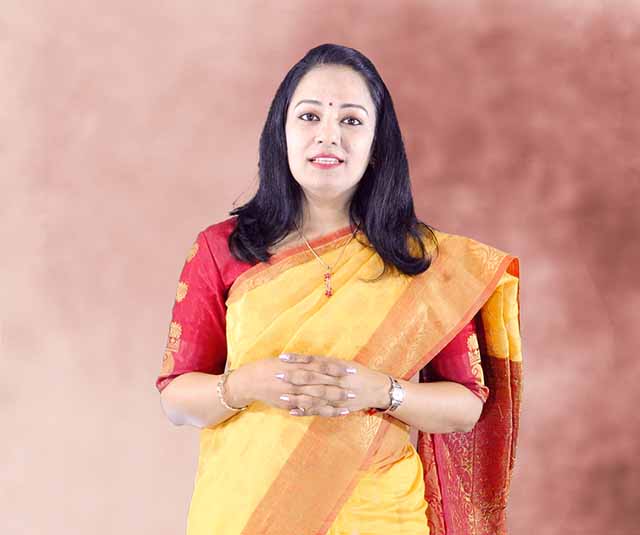


Pramana shareera depicts the importance of measurements of the body or anthropometry. A body having proper measurements of organs is endowed with longevity, strength, ojas, happ...
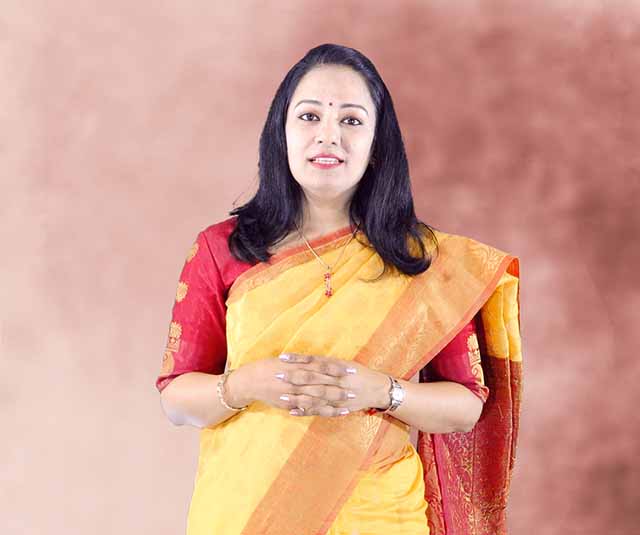
Qualitatively and quantitatively speaking of two kinds of ojas, parā ojas is the factor which sustains life while aparā ojas is claimed to be responsible for the immune stren...

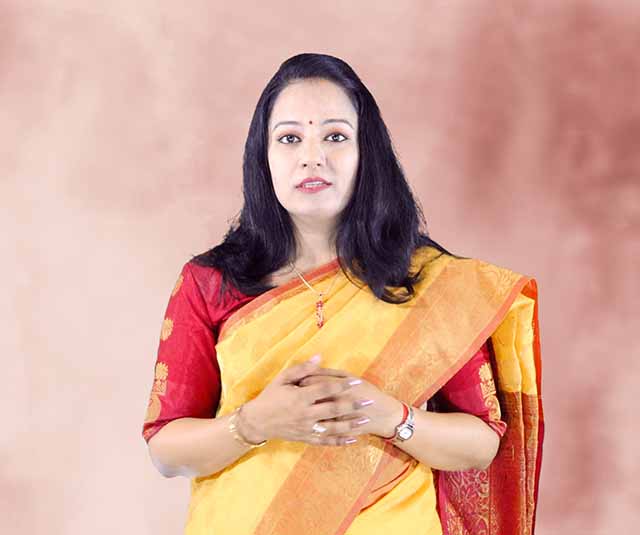
Oja is Sanskrit word, stands for ‘vigour’ and it is the ultimate potent part from all dhatus and determinant of our immune status. Oja is the determinant factor of immunity,...

Ayurveda is one of the ancient science of world, so Sanskrit is the most ancient language of world. All most all the texts of Ayurveda written by ancient philosophers and rishis...

Assessment of prakruti, is a type of clinical examination which you have to do it by darshana, sparshana and prashnana pareekshaa. Examine some basic parameters, but this may va...

Sushruta samhita also explains few exemplary topics such as srushti utpatti (origin os creation), shatkriya kaala (six stages of diseasses when treatment should be done), Yantra...

In deha prakruti, eka doshaja prakruti formed exclusively by the predominance of single dosha, is rare. dvidoshaja prakruti by predominance of two doshas are most commonly seen....

\" Samhita means Samyak + hita -universally beneficial discourse or treatise. They Contain Science, Philosophy, Morality, Ethicality and Spirituality. Thus these can be consider...
Asthi is hardest of all dhatu. It is the last dhatu in decomposition. it is composed of pruthvi, vayu and agni mahabhoota. Dharan– Support, Posture, Gait, Samrakshan –...
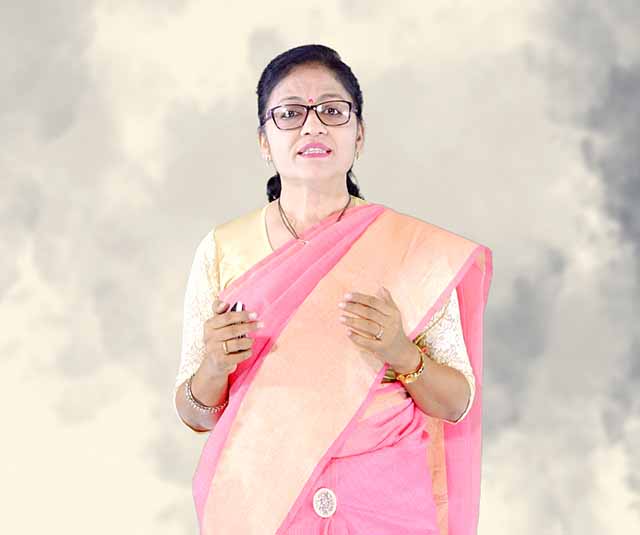
Prakruti is mainly divided in 4 types-Doshaja / deha prakruti = 07, Maanasa prakruti = 16 (saatvika – 07; raajasika – 06 & taamasika – 03),Bhautika / pancabhautika pra...
Sukra is the seventh dhatu of the body, formed from essence of all other dhatus. eventhough it is present through out the body, it is expressed out during sexual act. During ver...

The word pratyaksha indicates, that which is observed directly throgh eyes. Here, eyes are representing all sense organs. This is most reliable among all pramanas, and all...

Direct perception is most reliable source of knowledge. But, we need to depend on other pramanas for knowledge, because of it\'s limitations. there are eight limitations for pra...
.jpg)
Samaasa is compound word formed by two or more words. Sandhi is also for joining two words, but difference is that, in sandhi, the last letter of first word and first letter of ...
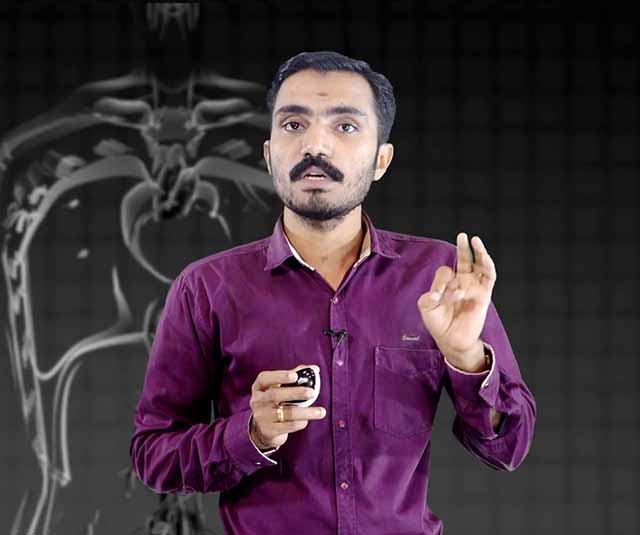
Marmas are the vital Points/fatal spot in the body. Three varities of Marma are in Practiced now.Abhyasa Marma are Kalari Marma, Agastya Marma are Siddha Marma, Ayurveda Marma.M...

Based on structure marmas are classified in to mamsa, Sirā, Snāyu, Asthi, Sandhi and Dhamani. Based on prognosis, and effect on injury, marmas are sadyo pranahara, kalantara p...

Sadhyapranahara Marma are 19, Kalantara pranahara Marma 33, Vaikalyakara Marma 44, Vishalyaghna Marma 03, and Rujakara Marma 08
\"Ayurveda has attracted the attention of global population specially the developed countries since ages. Foreign travelers were coming to India since centuries in search of kno...
Prakruti which is the basic constitution of an individual is today reflected under the name of human genomics.The thought of inheritance of physical structures, physiological ac...

Department of ISM&H was formed to develop Indian Systems of Medicine. Four Research Councils in ISM&H are Central Council for Research in Ayurveda and Siddha (CCRAS), Ce...

All India Institute of Ayurveda: AIIA, was conceived as an Apex Institute for Ayurveda. It aims at bringing a synergy between Traditional Wisdom of Ayurveda and Modern tools and...

Ayurveda eventhough presents a independant way of living, is related with different darshanas. it is rooted in sankhya and yoga darshana, deeply influenced by some concepts of n...

In order to perform all physiological functions Vaata, Pitta and Kapha pervade the whole body.Kapha Dosha is a bio element from Tridosha which maintains, support, preserve ...

Dosha, dhaatu & mala are root factors of living body.Dhaatu - stabilizing pillars of the body. That which supports and nourishes the body is called dhaatu. Dhaatu are genera...

Dhaatu which is being continuously circulated in body is called rasa dhaatu. Jala mahaabhoota is predominantly present in rasa dhaatu. its centre is hrudaya. it is formed from a...

Upadhatu are by-products of dhatuposhana krama or metabolic cycle, with specific beneficiary actions in the body. Main upadhatus are stanya, artava, kandara, sira, tvak, snayu etc.
Vata dosha is first among tridosha formed out of vayu and akasha mahabhootas. it is the one which controls and moves other two doshas. the term vata is derived from dhatu \"va\"...
Based on the direction of movement and seat, vaata is considered as five. The type of vata moving forward, and centered at moordha is Praana. Udana is the one which is situated ...

Tantra has two sanskrit meanings. Tanoti means expands & Trayoti means liberates. It is the system by which you liberate the purusha and prakriti. This has two major entitie...

anumana is method of gaining inferencial knowledge, based on keen observation and logical thinking. It is the ancient research methodology explained through this topic. To ch...

Consuming food is an inborn instinct. Food is important for the adequate supply of nutrient, water, trace elements and vitamins required for growth and replenishing the needs of...

Ayurveda recognizes Nidra (Sleep) as fundamental need of human being to maintain physical as well as mental health. Due to which body gets relaxed is called Nidra. When mind get...
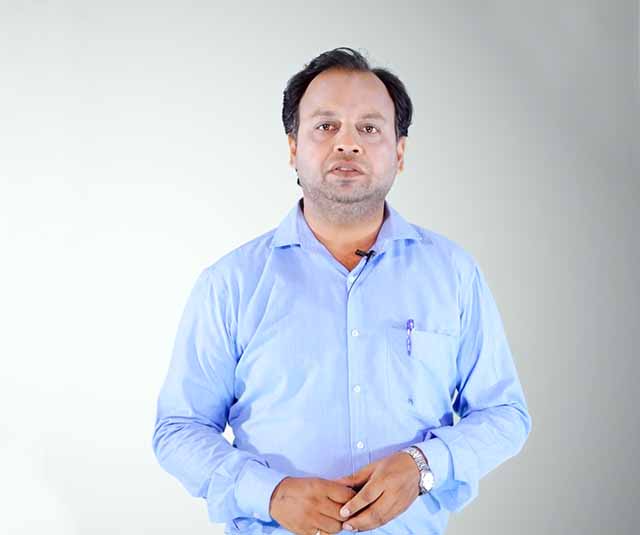
By increasing the decreased substance or decreasing the in substance in order to bring the substance in balance state in the body is the basic aim of Ayurvedic treatment. Samany...

Paradi gunas are ten qualities that can not be grouped under any other classifications of guna. They are highly useful in treatment. Paratva, aparatva, yukti, sankhya, samyoga, ...

Advising a particular diet or drug to a patient is based on the qualities of that drug. These drugs possess different qualities. 20 attributes/ qualities are always taken into c...
The wor darshana indicates different view points or attitudes about life and its goal. It is a part of ancient schools of knowledge in India. When the study of Veda became ritua...

Bhattara Harishchandra, Jejjata, Chakrapani Datta, Gayadasa, Dalhana, Vijayarakshita, Nischalkara, Arunadatta, Hemadri, Kaviraj Gangadhara Roy, Yogindranath sen, Kaviraj Haranac...
.jpg)
Ayurved is a science of life that is, first and foremost, about creating harmony with one\'s environment. Ayurved teaches us that when we live in harmony we shall be healthy, an...

Each and every substance is endowed with certain properties. Separate existence of properties is not possible. Various Dravya s are used for preventive, promotive and curative p...
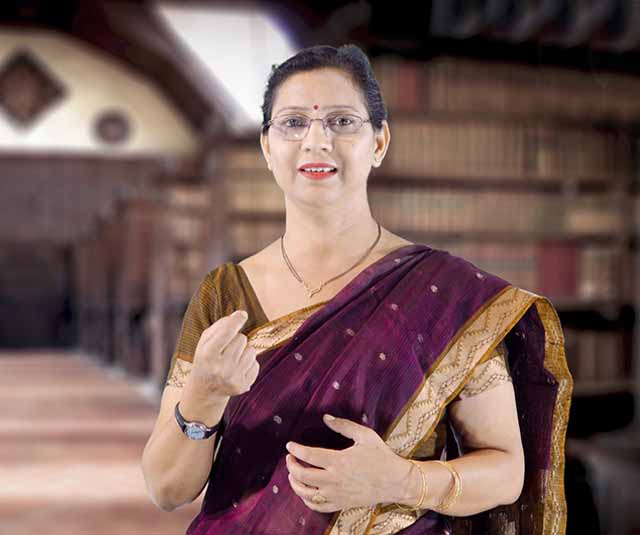
Pitta is one among tridoshas,Which generates warmth / heat in the body.Pitta is predominantly tejas and jala mahabhoota.It converts nutrients in Dosha - Dhaatu- Mala and t...

Pitta is divided in to five based on the seat and type of action. They are Pachaka, Bhrajaka, Ranjaka, Alochaka, and Sadhaka.

The term Agni means which moves forward. In the context of living organism it is the one which maintains integrity and performs vital activities by converting anna and dha...

\"Dhatvagni is a term representing the power of conversion at dhatu level. the poorva dhatu is converted to uttaradhatu after paaka by dhatvagni, and mala is expelled. They are ...


Pashu Ayurveda, Vriksha Ayurveda, Gava Ayurveda etc. are the unexplored branches of Ayurveda.Brahma had recalled the knowledge of Ayurveda for the wellbeing of all the creatures...
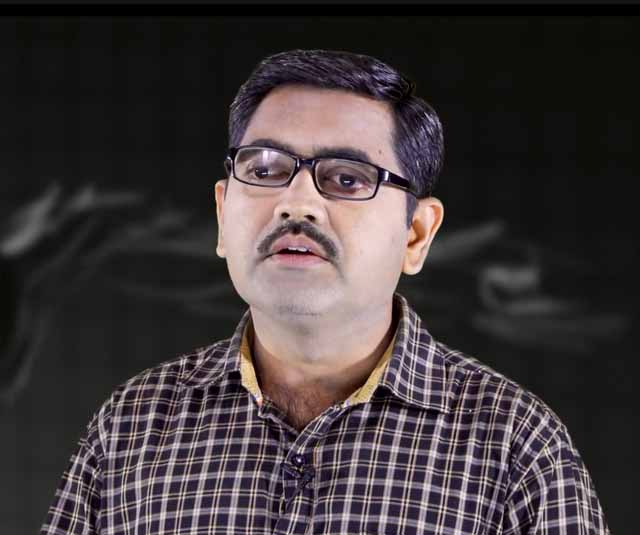
The clearly demarcated portion of Mamsadhatu is known as Peshee, it is the collection of thin fibres of Mamsadhatu separated with each other by Mamsadhara Kala and work as an in...

In Atharvaveda, cow has been described as the mine of properties, thus revealing the importance of cow in that era (2000 B.C.). In Mahabharata, it can be seen that Sahadeva was ...

Laghu siddhanta koumudi of Varada raja bhatta starts with sajna prakarana. It deals with basic rules of samskrutam vyakaran. It is based on this chapter that all sutras are fram...

Nagarjuna belonged to 3rd century CE. It was the timeline of Gupta Dynasty (319 – 550 AD) in India and believed the ‘Golden Age’ of Indian History by Some historians. Due ...

Mamsa dhatu is third among sapta dhatu, and it Provides Bulkiness, Covers all organ in Presentations like Peshi, Snayu etc. main functions are – akuncana (contraction), Prasar...

Srotas refers to a current, stream, torrent, channel, or course. That which allows something to flow through it is called srotas/channels.In our body no dravya can be formed wit...

kaala is one among nine kaarana dravyas, as it represents change. In health care, kaala plays most important role. Development of body, metabolism, agni, dhatuvruddhi, bala e...

Everything in the universe is connected to each other by cause and effect relationship. For every effect there are specific causes. It can be observed that, the main cause is ...
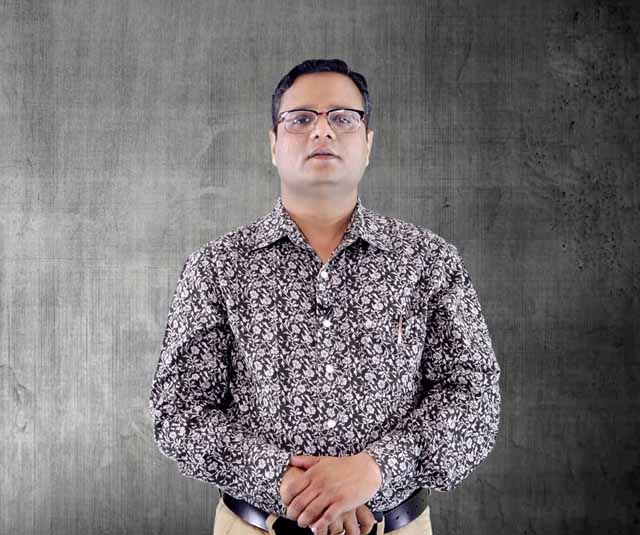
Karma is one among six padarthas. It is the ability to execute action. It includes the desire to do action, the effort, and practical way of execution. Every karma is independ...

Koshta is otherwise known as mahasrota. The word koshta and ashaya refers to space inside the body containing different organs. Koshtangas are those contents or organs of kosh...

Dosha dhatu and mala are the three basic principles of life. Dhatu nourished the body, supply nutrients to the other vital tissues, supports the body and keeps the body health...

Guna resides in Dravya. It has variety of characteristics, so can not be assessed by a single parameter. Concept of Guna is accepted by Ayurveda from Darshana but with slight...
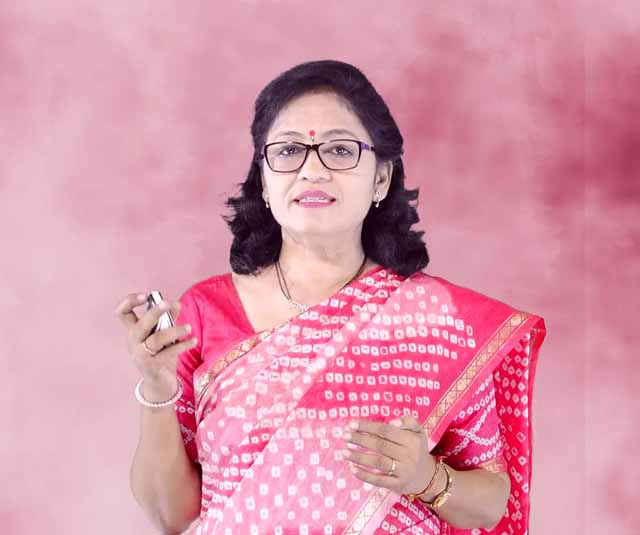
The term kriyaa means karma / activity / function / movement / action.The study of different natural functions or activity of the body is called as kriyaa shaareera.According to...

Food is essential for life therefore food is called Pranam means vital for life.Such food is then digested for the sake of increasing span of life and divided in to Rasa &...


